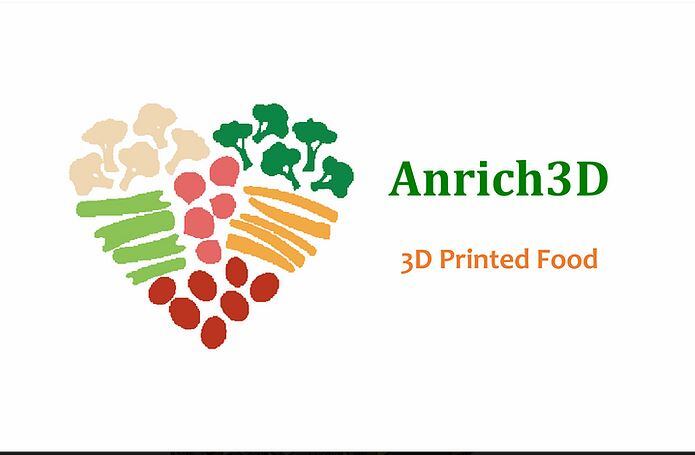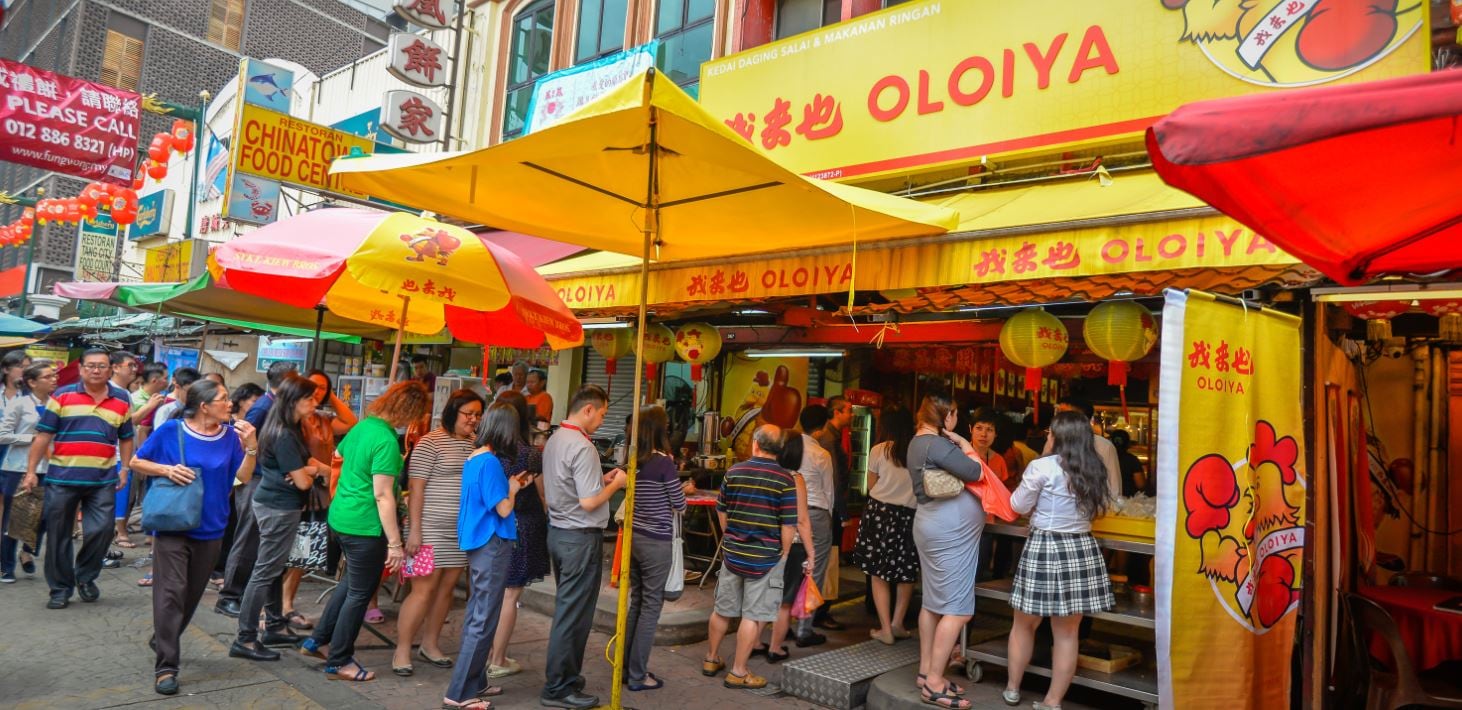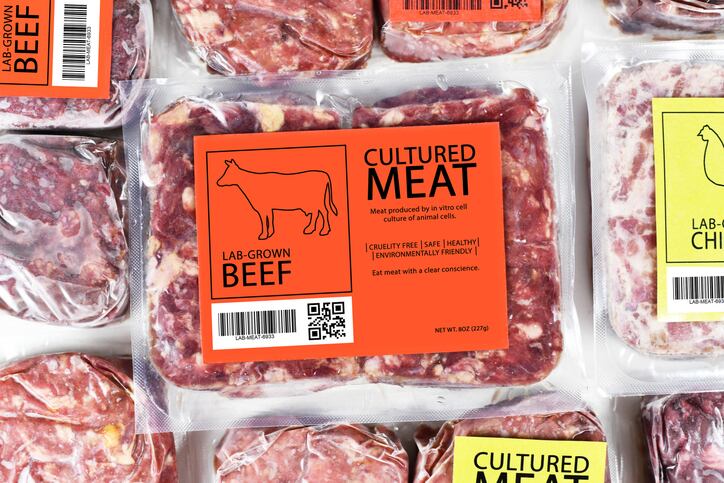Anrich3D is a spinoff from the Nanyang Technological University (NTU) in Singapore, established in collaboration with NTU and the AllSpice culinary institute with the aim of bringing personalised nutrition to the next level by printing out food based on nutritional needs.
“There any many health apps, dieticians, websites etc. available today that are able to give personalised nutritional advice, but the hardest part is to implement that advice into actual food and meals,” Anrich3D Founder Anirudh Agarwal told FoodNavigator-Asia.
“[What I am looking at doing is] to create a platform for everyone to produce personalised meals based on [this nutritional advice], so using food 3D printing, we just print out the precise amounts of required ingredients for optimal nutrition, to get the ultimate mathematically optimised meal.”
Agarwal is already in the final steps of moving the technology to the commercialisation stage, and expects this to start taking place this year, with multiple revenue stream strategies covering both B2B and B2C areas.
“We will be going commercial this year, and [are considering multiple revenue models] for different types of consumers – for example home-based consumers would have access to pre-packaged ready-to-eat meal packets in different flavours, which can be optimised according to age-group, gender, ethnicity, BMI, etc.,” said Agarwal.
“These can be sold in health food stores or even grocery stores, or put in vending machines. Consumers that are able to afford their own 3D printing machine (estimated in the S$20,000/US$15,000 range) or businesses that buy/rent our machines but cannot make their own ink will also have access to printer cartridges with food pastes in stores.
“Meal subscription plans are another way we’re looking at, [which would comprise] large numbers of individually customised meals sent to businesses with many individual end customers such as personalized nutrition meals for hospitals/care facilities and gyms or healthy meals in fun shapes for schools - meals here would be prepared in a centralized manufacturing facility.
“Other streams include subscription to a forum with food paste recipes, monthly subscription to machines, or the development of custom machines for specific applications such as alternative meat printing, and more.”
As for how the personalised nutritional information will be gathered and the best possible meal computed, Anrich3D will also be creating its own application, where lifestyle and dietary information can be entered, and nutritional requirements computed.
“Hospitals will be able to provide data and have this converted to nutritional requirements for patients, but for individual consumers we will provide this app where information like height, weight, health and medical history, DNA analysis, etc. can be input,” he said.
“The more detailed the information given is, the higher the precision of the nutritional data will be.”
Anrich3D is testing its ‘more refined and presentable machine’ this April and expects to have an updated version by end-2021 or early-2022 to begin testing with real commercial customers. The firm will be first starting with the B2B applications such as with restaurants and caterers, and move to home use in a few more years.
Stages of commercialisation
A single 3D food printing machine will first be made available in AllSpice and 3D printed meals will start being sold from there to consumers, and then the firm will move to engage hotels, restaurants, caterers and the like.
“The first meals sold will be novel and have a premium price, and the additional features of personalisation and automation [3D food printing can bring] need to be used for something, to solve something, reducing the overall cost to businesses and thus making fiscal sense,” said Agarwal.
“For example, offering unique designs and personalisation only possible with a 3D printer is a novelty that high end hotels, restaurants and caterers can offer and charge a premium for; [and] hospitals can use personalised nutrition as preventive healthcare, to act as insurance by reducing medical complications so the overall cost of care is reduced.
“By the end of 2022 we should be able to make multiple printers working together to produce several meals in a reasonable amount of time for regular usage by a business.”
What goes into the food ‘ink’?
As for the ingredients or food types that will end up making the ‘ink’ for the 3D food printer, the aim here is to be ‘as versatile as possible’so as to meet all possible nutritional needs.
“The purpose of making an industrial multi-material food 3D printer is to create balanced meals without having to use any supplements [thus] we are open to using all kinds of ingredients as required by our users,” said Agarwal
“We will make the machine as versatile as possible so it can work with a large variety of ingredients – foods from rice to broccoli to corn can be ground into pastes and fed to the printer as ‘ink’. [This] is extruded out layer by layer to make the desired 3D shape.
“However, since some alternative meat companies are using 3D printing for making scaffolds or printing chunks of meat directly, we do have an incentive to look into that direction too.
Singapore and other markets
The firm has decided to make its initial launch in Singapore due to the wide variety of foods to work with and a strong healthier eating trend, but has plans to go much further.
“[There is] a variety of flavour profiles to work with in Singapore due to the many different ethnicities and cuisines, and a natural tendency toward healthier eating, so food 3D printing has a great chance of building a foothold here,” said Agarwal.
“Singapore is also a launchpad for technologies and business models to expand internationally, especially into South East Asia and India [so we feel we] can have a relatively safer opening here and expand more confidently to other regions with a solid proof of concept for a given cuisine or nutritional profile.
“There is less interest in personalised nutrition in the rest of Asia, but we do see potential in certain applications such as for home-based printers in India given its large population and the family structure; for food tech research in the EU; for automated restaurants in Japan and so on.”





